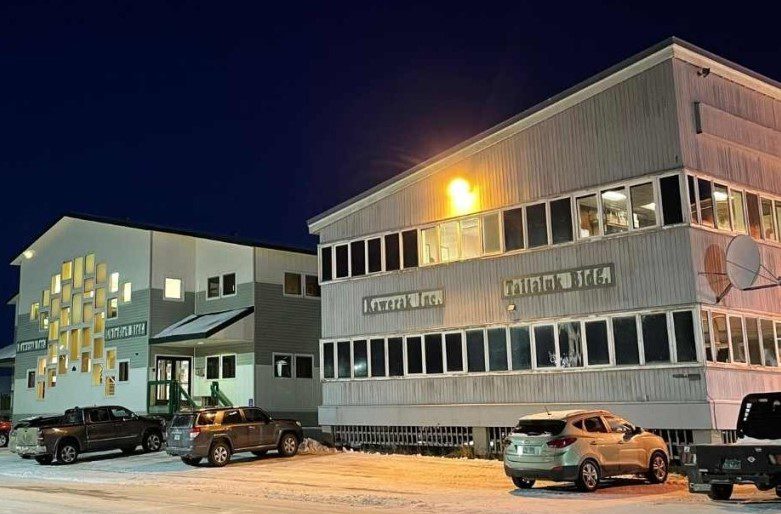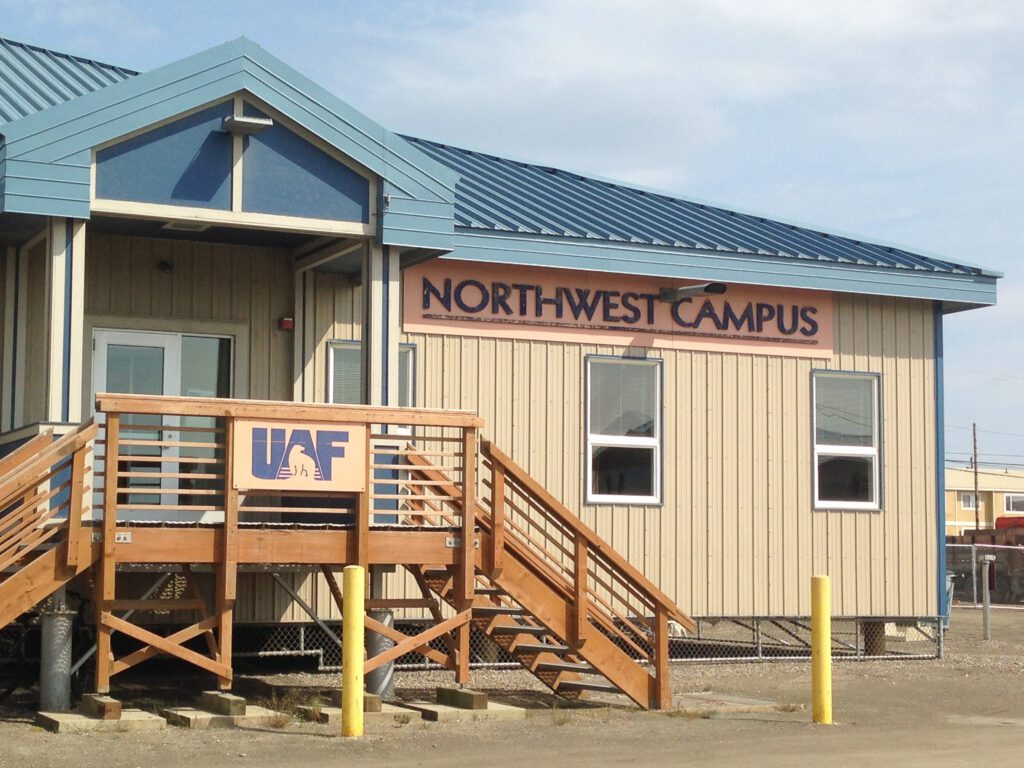Aftershocks are continuing to rattle the western edge of the Brooks Range near communities like Noatak, and now seismologists are conducting a “rapid response” to capture these tremors. It’s all in response to two earthquakes that came two weeks apart at magnitudes not recorded in the region in over 30 years.
Michael West is a seismologist and Director of the Alaska Earthquake Information Center. He said, “Our objective right now is to get instrumentation in the ground quickly.”
Saturday a 5.5 magnitude quake shook the Brooks Range after another 5.6 quake rocked the same area in April. West says the reason for installing the instruments after the fact is two-fold.
“First of all, aftershocks will continue at some lower rate,” West explained. “Being able to understand the aftershocks, tells us something about the original earthquakes and why they happened.”
The instruments are being stationed in communities closest to the quake—Kotzebue and Noatak. Seismologists installed one in Kotzebue yesterday and are installing another in Noatak today. While in Noatak, they will hold a public meeting to address community concerns.
Carol Westly is with the Environmental Department of the Native Village of Noatak and is helping to organize the session.
Westly said, “For many of us it’s the first. Many of us haven’t been in a real earthquake. So I guess the most important information we’re hoping to get from them is what to do or not to do in the event of a big earthquake.”
There have been no reported injuries or major structural damage from the quakes, Westly said, but residents are tallying over 30 aftershocks since the first earthquake in April.
After such ongoing seismic activity, Westly said, “What they want to put is a sensor, an earthquake sensor in Noatak. I think some of us will feel better knowing there’s one here.”
West from the Earthquake Center says the instruments will give seismologists a better idea of the location and depth of the two quakes.
Most seismic equipment is located hundreds of miles away— in the Alaska interior and southern coast. West says this distance distorts data from quakes occurring in Northwest Alaska and does not register seismic activity below magnitude three.
West calls this deficit a “liability” for the state.
“What all these little earthquakes do that happen in huge numbers—these magnitudes ones,” West explained. “They happen in tens of thousands every year in the state. Nobody feels them—but they allow us to map out fault zones. They allow us to pinpoint the areas where bigger earthquakes are more probable in the future.”
West says the instruments being installed in Kotzebue and Noatak are temporary stations until the Alaska Earthquake Information Center finds more long-term solutions.







